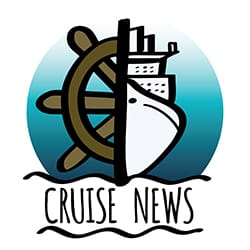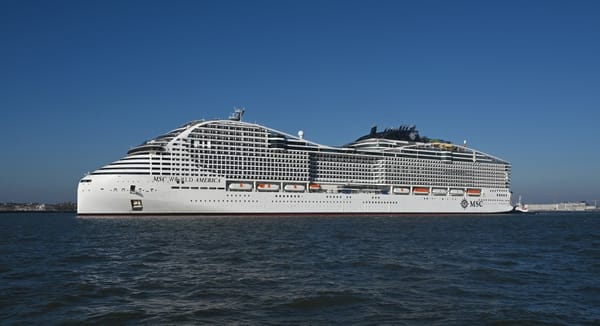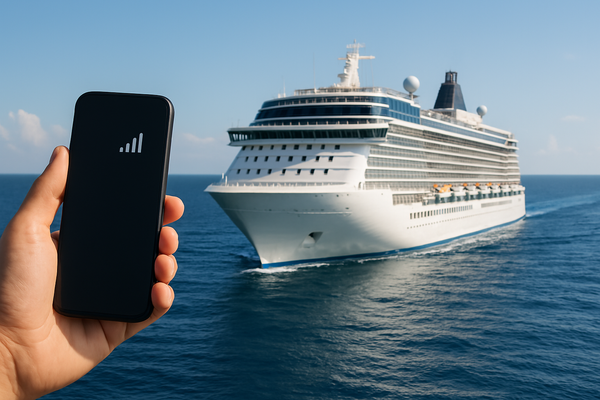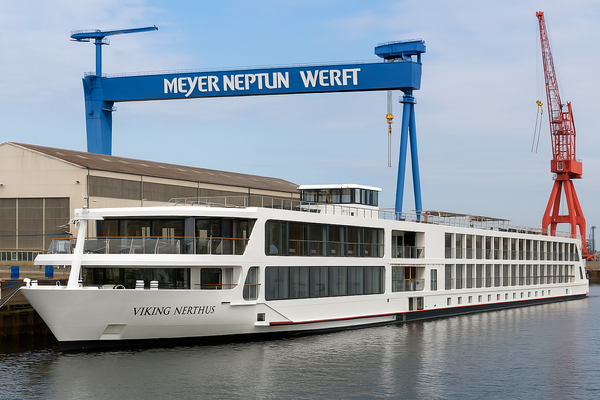JPMorgan Upgrades Norwegian Cruise, Cites Strong Demand and Resilience
JPMorgan's upgrade of Norwegian Cruise Line underscores the firm’s optimism about the cruise sector's resilience and growth potential amidst economic uncertainties.
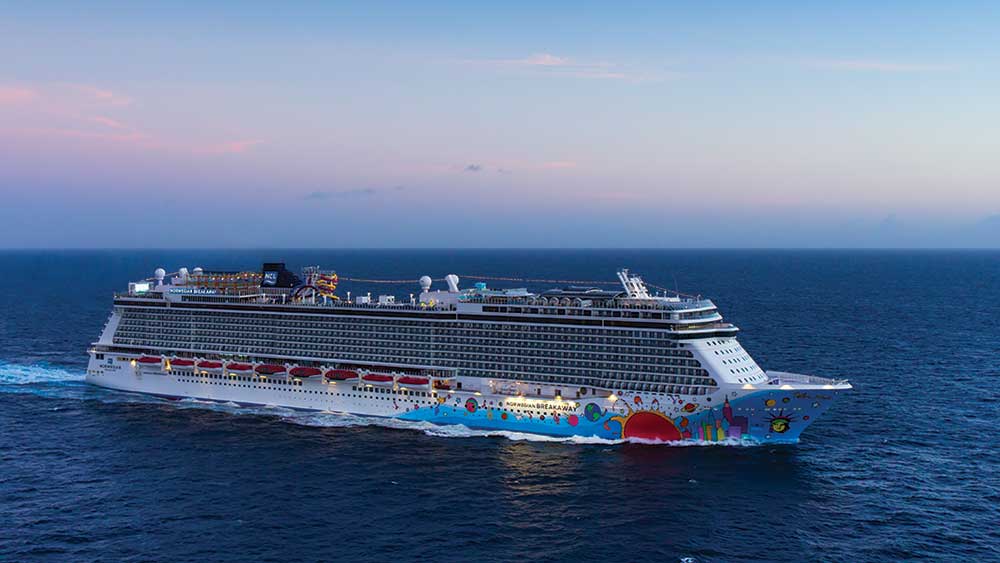
Norwegian Cruise Line (NCL) and the broader cruise industry have recently come under increased focus after JPMorgan analysts upgraded Norwegian from “Neutral” to “Overweight,” citing continued strength in cruise demand despite potential economic headwinds. Their assessment followed discussions with Norwegian executives at the 2025 Gaming, Lodging, Restaurant & Leisure Conference. Analysts highlighted key indicators—including stable booking trends, a healthy gap in value compared to land-based vacations, and a customer base resilient to economic volatility—that underscored Norwegian’s competitive position.
Key Factors Behind the Upgrade
JPMorgan’s confidence rests largely on several positive trends observed through its dialogues with Norwegian and industry stakeholders:
- Stable demand: Analysts reported no noticeable changes in booking behavior, cancellation rates, or onboard spending, suggesting strong ongoing consumer interest in cruises.
- Value Gap: Cruise vacations still offer a 30–35% cost advantage over comparable land-based trips—reduced from the post-pandemic high of 40% but well above the historic 20–25% range, making them a consistent draw for travelers.
- Experience Gap: Norwegian’s emphasis on enhanced offerings and exclusive island destinations, such as Great Stirrup Cay, promotes higher guest engagement and satisfaction.
- Affluent clientele: With an average household income above $200,000, Norwegian’s passengers are less impacted by economic downturns, contributing to a more stable revenue stream.
Resilience Across the Cruise Sector
The JPMorgan upgrade arrives amid broader optimism for the cruise sector, which is showing notable resilience when compared to airlines and other lodging segments. Cruise lines benefit from their relatively small share of the global vacation market, creating substantial room for growth. Norwegian’s premium positioning and focus on quality experiences align with this positive outlook, enabling the company to capitalize on travel’s ongoing recovery.
Broader Market Context and Industry Reactions
As Norwegian receives a boost from JPMorgan’s revised rating, other major cruise lines are also releasing performance updates and projecting future trends. Carnival Cruise Line is poised to announce first-quarter earnings this week, with analysts closely monitoring results for insights into broader industry momentum.
Royal Caribbean has similarly enjoyed a surge in its share value, citing strong booking and spending patterns. Investor optimism stems in part from pent-up demand for leisure experiences, with cruise operators capitalizing on exclusive offerings and controlled pricing.
Still, potential obstacles persist, including tax crackdowns and overall macroeconomic pressures. Industry observers note, however, that Norwegian and its competitors remain largely insulated from risks affecting traditional land-based travel providers, thanks to the cruise sector’s distinct market positioning and loyal customer segments.
Looking Ahead: Growth Opportunities
Despite looming challenges in the travel landscape, Norwegian and its peers appear positioned for continued expansion. Areas of focus include expanding market share among increasingly younger travelers, deepening onboard experiences, and promoting value-driven offerings that attract both newcomers and loyal patrons.
Norwegian’s ongoing investments in innovation—from improving exclusive island amenities to introducing eco-friendly technologies—signal a commitment to elevating the cruise experience. Market watchers expect that, as the overall travel sector evolves, cruise lines will retain their strong place in the global tourism mix by balancing affordability, novelty, and guest satisfaction.
As cruise lines work to balance affordability, innovation, and experience, Norwegian and its peers demonstrate that the industry’s recovery has staying power, even amid shifting consumer trends.
What does JPMorgan’s upgrade mean for Norwegian investors?
The recent upgrade reflects renewed confidence in Norwegian’s revenue stability and growth potential. Analysts point to Norwegian’s high-income customer base and competitive value proposition as key factors in ensuring a steady demand outlook for investors.
How does Norwegian Cruise Line compare to land-based vacation options?
Norwegian benefits from both a Value Gap and an Experience Gap. Cruises remain up to 35% more cost-effective than similar land-based vacations, while exclusive offerings, such as private island destinations, help boost customer engagement and satisfaction.
Are other cruise lines experiencing similar trends?
Yes. Royal Caribbean and Carnival have reported strong bookings and robust demand, albeit with distinct strategies. Across the sector, consumer interest in cruising continues to grow, supporting higher occupancy rates and improved financial performance.
What risks could impact the cruise industry moving forward?
Potential risks include evolving tax policies, macroeconomic headwinds, and changes in consumer spending. Despite these factors, operators like Norwegian remain well-equipped to adapt due to their competitive pricing, unique experiences, and focus on higher-income clientele.
